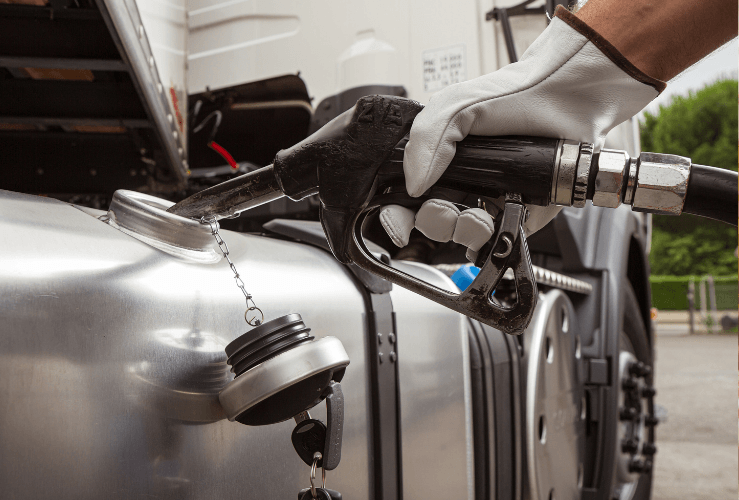Tackling these six fuel loss threats could save your fleet many thousands of pounds each year.
Fuel is literally the lifeblood of any company that operates multiple vehicles. While many firms focus on things like efficient route planning as a key way to reduce fuel costs, there are multiple other issues that can increase consumption.
Although the following risks may only account for one or two percent of fuel costs, taken together over a year they can mount up to many thousands of pounds.
Here are six hidden costs of fleet management that, when tackled effectively, could substantially improve your business's bottom line.
Unauthorised Fuel Use
Employees using vehicles for their personal activities increases fuel use and emissions and makes a dent in a company's bottom line.
Solution: Make it clear in the company policy that unauthorised vehicle use is not permitted. Have a clear process for dealing with drivers who may have been using a vehicle for personal business.
Fuel Theft
Fuel theft is another issue facing road transport enterprises. This can take the form of syphoning, where fuel is stolen directly from a vehicle's fuel tank.
It might also be syphoned from fuel storage tanks, or fuel may be put into non-company vehicles.
Solution: If syphoning is suspected, ensure staff understand the consequences of such an act, via internal communication and the company policy document.
Additionally, consider investing in secure bunded storage tanks with features such as:
- Double wall construction
- Integrated locking mechanisms
- Heavy-duty lid
- Fuel dispensing locks
- Automatic shut-off valves
- Spill trays that contain spillages
- Real-time monitoring (so you can compare fuel usage with fuel deliveries)

Fuel Spillage
Fuel can be lost to spillage, evaporation and a damaged/corroded tank, among other issues. Some estimates suggest up to 5% of a company's fuel may be lost to these problems, resulting in a significantly reduced profit margin.
According to Webfleet, a typical HGV travels 74,500 miles per year, costing more than £36,400. 5% of this equates to an annual loss of roughly £1,820. For a firm running 10 lorries, this might result in a loss of about £18,200 per annum.
Solution: Modern diesel fuel tanks are able to dispense fuel accurately, reducing the chance of a spillage. Features such as automatic shut-off valves, that stop the pump once fuel is in the nozzle and spill trays help reduce fuel costs and help protect the environment, as well as minimise the chances of a work safety risk.
Inefficient Driving
Idling is an industry-wide problem - where drivers keep their engine idling when it could be shut off.
As well as increasing fuel use (and emissions), idling increases wear and tear on engines and results in higher maintenance costs.
Solution: Again, it’s important that you as a business underline to drivers the importance of avoiding unnecessary idling.
This should be made clear in the company policy and with internal messaging as required.
An even more effective deterrent is a fuel monitoring system that provides fuel use information in real-time. These systems collect fuel use data with tracking analytics to see if drivers are using excessive amounts of fuel to complete their tasks.
As well as saving money, this will help your firm minimise emissions and therefore its environmental impact.

Paying Too Much for Fuel
Fuel purchased without carefully negotiated deals means companies can miss out on significant savings.
Solution: Since fuel is such a significant cost for road transport firms, it's important to negotiate good deals with suppliers. Unlike members of the public, who must pay the forecourt prices, companies can work out much better deals with suppliers.
Large volume discounts can mean a company avoids being susceptible to market price rises (although the reverse can be true if prices fall).
Regular onsite fuel deliveries also mean that company vehicles always have access to fuel, rather than having to use other sources, such as public refuelling stations.
Conclusion
Addressing the above threats to your fuel bill could result in significant savings in the long term, even where investment in new technologies is required.
Given increased fuel prices in recent years, these solutions could make a positive impact on your fleet’s bottom line.



